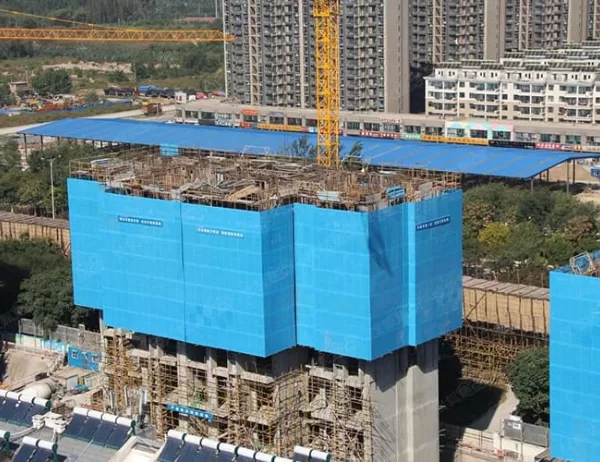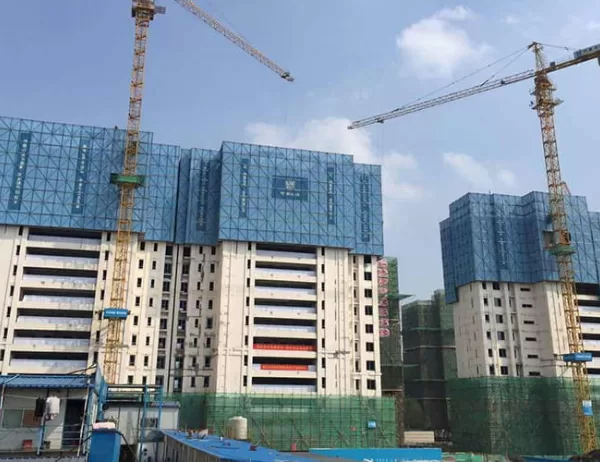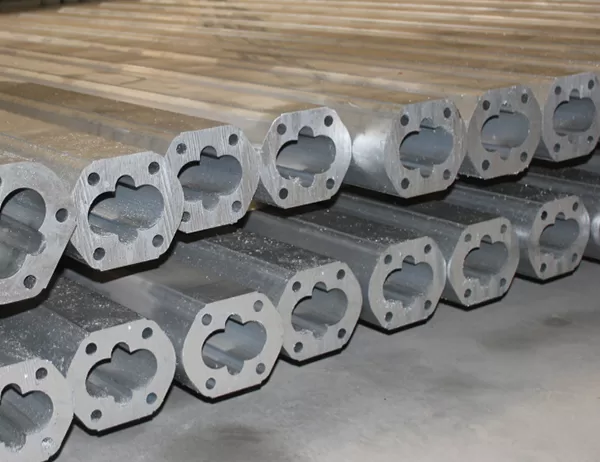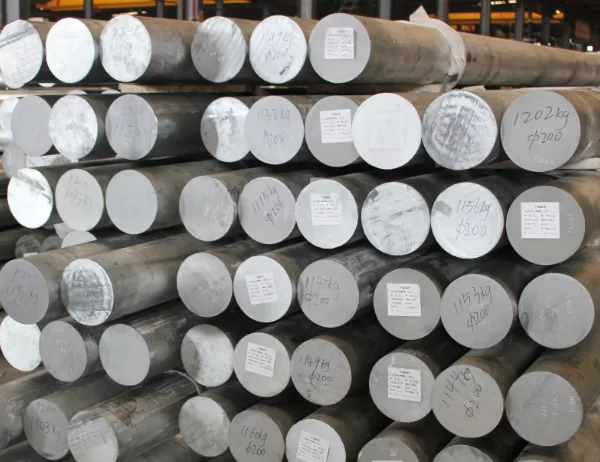Unveiling the Strength and Versatility of Modern Construction
Aluminum shuttering has emerged as a game-changer in the construction industry, offering a plethora of advantages that have revolutionized the way structures are built. This comprehensive guide delves into the intricacies of aluminum shuttering, exploring its applications, benefits, and best practices.
Definition and Applications
Aluminum shuttering, also known as formwork, is a temporary structure used to create the shape of concrete during construction. It is made from lightweight aluminum panels that are assembled to form a mold, providing support and stability during the curing process. Aluminum shuttering is extensively employed in a wide range of construction projects, from residential buildings to commercial skyscrapers and infrastructure developments.
Benefits of Aluminum Shuttering
Lightweight and Durable: Aluminum is known for its low weight and high strength-to-weight ratio, making aluminum shuttering easy to handle and transport. Additionally, its durability ensures that it can be reused multiple times, reducing project costs.
Versatile: Aluminum shuttering is highly adaptable and can be customized to create complex shapes and designs. This versatility allows it to be used in various applications, including curved structures, intricate architectural details, and specialized construction projects.
Efficient: Aluminum shuttering enables faster construction times as its lightweight nature allows for rapid assembly and disassembly. This efficiency contributes to reduced project timelines and cost savings.
Eco-friendly: Aluminum is a recyclable material, making aluminum shuttering an environmentally friendly option. It reduces waste generation and contributes to sustainable construction practices.
Best Practices for Aluminum Shuttering
Proper Planning: Meticulous planning is crucial for the successful implementation of aluminum shuttering. This includes determining the appropriate specifications, designing the formwork system, and establishing assembly and disassembly procedures.
Material Quality: High-quality aluminum panels are essential to ensure the integrity and durability of the structure. Using sub-standard materials can compromise safety and lead to costly delays.
Safety Measures: Adhering to safety protocols is paramount when working with aluminum shuttering. This includes proper scaffolding, protective gear, and clear communication between team members.
Maintenance and Inspection: Regular maintenance and inspection of aluminum shuttering are key to prolonging its lifespan and ensuring continued functionality. This involves cleaning, lubrication, and timely repairs as needed.
Conclusion
Aluminum shuttering has transformed the construction industry, providing a lightweight, versatile, and durable solution for formwork. Its numerous benefits, combined with best practices for its implementation, make it an indispensable tool for modern construction projects. By embracing aluminum shuttering, professionals can achieve greater efficiency, cost savings, and sustainable outcomes.




